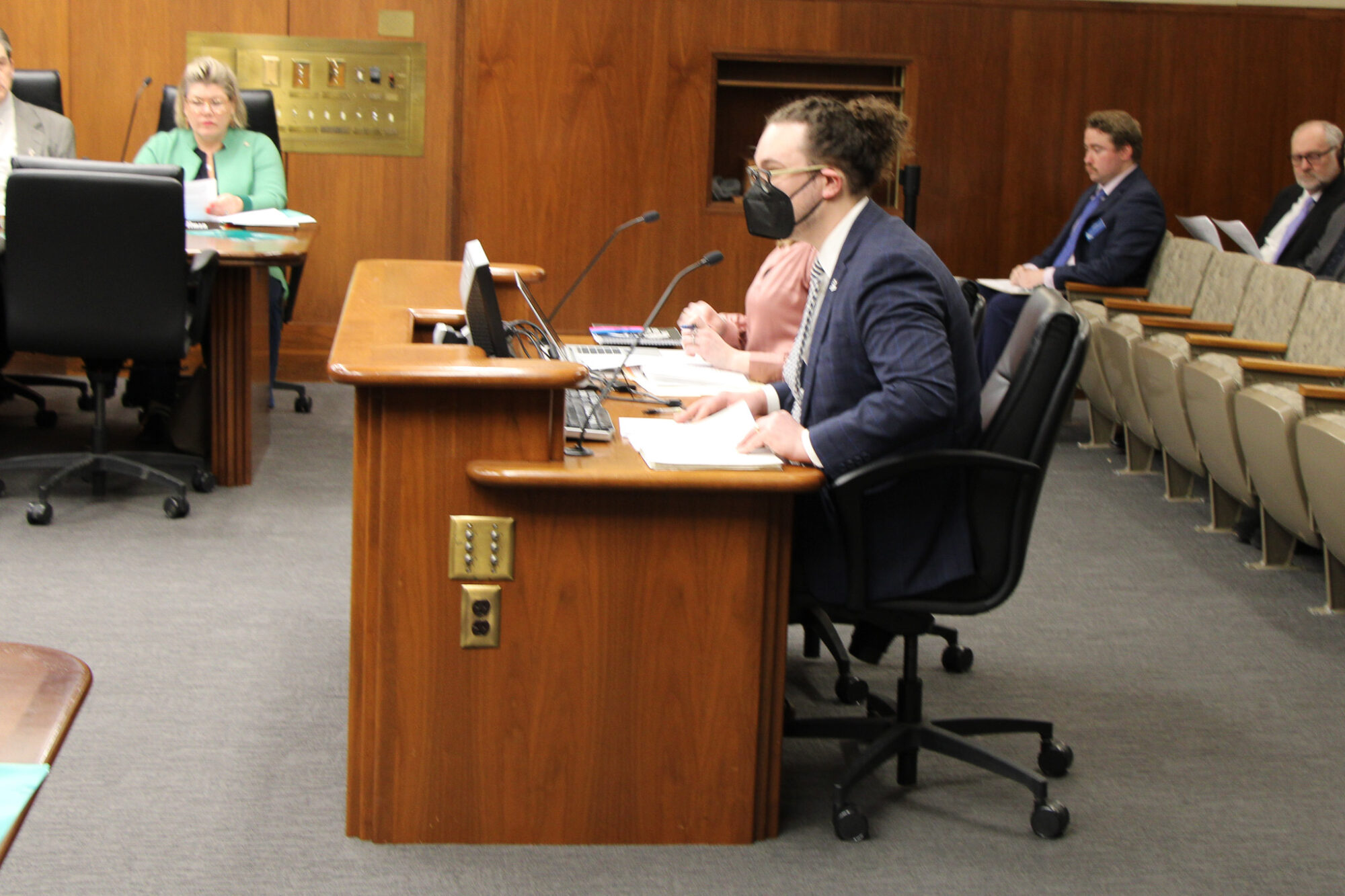
Fresh Energy is working to build a brighter, cleaner future for all Minnesotans, and never has that vision been taken more literally than the new Clean Lighting bill at the Minnesota Legislature.
The bipartisan Clean Lighting bill would phase out toxic fluorescent lights in favor of newer, better lighting technology like LEDs that many Minnesotans are already using. It’s a bright idea: Fluorescent lights contain mercury, a harmful substance to human health that’s already been banned in many other consumer products. Minnesota won’t be the first to phase out fluorescent lights in favor of LEDs; a number of other states have already seen the light and phased them out, too.
This post will shed some light on the subject: keep reading to learn how a new Clean Lighting bill would help Minnesotans improve their health, save money on their utility bills, and reduce carbon emissions.
Fluorescent lights are toxic, inefficient, and outdated
Mercury is a well-known toxin with particularly dangerous effects for pregnant people and children.
Minnesota has long banned mercury thermostats and other products that contain mercury. Our state agencies work diligently to reduce mercury pollution in our water and air. Yet many stores still sell fragile glass tubes of mercury vapor just waiting to break: fluorescent lights.

Consumers and businesses alike have thousands of readily available LED alternatives for fluorescent bulbs (or “lamps” as they’re called in the industry). Thanks to their efficiency, switching from fluorescent to LED lamps could save Minnesota close to 800 gigawatts of electricity in a year! That’s over 650,000 avoided metric tons of carbon dioxide emissions.
In addition to being more efficient, LEDs are also:
- Available now
- Mercury-free
- Longer lasting (2-3X)
- Equal or better quality (bye-bye flickering!)
- Cost-effective (significantly lower energy use means savings within weeks or months of replacement)
Guiding light: Clean Lighting legislation offers a path forward
Despite labelling and recycling requirements in statute for fluorescent lamps, they still end up accidentally broken or thrown away, possibly exposing everyone along the way to an unnecessary dose of toxic mercury. It’s time for light bulbs to make like thermometers and ditch the mercury.
To that end, we and several partners are supporting a new bill at the Minnesota Legislature, Senate File 3345 authored by Senator Mitchell and House File 3326 authored by Representative Hemmingsen-Jaeger, to end the sale of fluorescent lamps in Minnesota, effective in 2025 for screw- or bayonet-base compact fluorescent lamps, and in 2026 for the slightly more specialized pin-based linear or compact fluorescent lamps.
This phase out reduces an unnecessary risk to many Minnesotans, especially building maintenance and custodial staff, waste and recycling workers, certain retail workers, and anyone in proximity to fluorescent lamps.
A simple upgrade with many benefits

By flipping the switch, Minnesotans won’t just cut mercury pollution; we will lower carbon emissions and cut electricity use and utility bills! The Applicance Standards Awareness Project estimates Minnesotans would save as much as $72 million in utility bills in a single year.
There is broad support for a fluorescent phase-out
Minnesota won’t be the first state to phase out fluorescent lights. Multiple states have already updated their mercury regulation to end fluorescent lamp sales, including: Vermont, California, Colorado, Hawaii, Oregon, Rhode Island, and Maine.
Fresh Energy has worked with several partners that also support the bill at the Minnesota Legislature, including Appliance Standards Awareness Project, Minnesota Environmental Partnership, Partnership on Waste and Energy (Hennepin, Ramsey, and Washington Counties), Recycling Electronics for Climate Action, and Republic Services.
What’s next?
Fresh Energy is advocating for the Minnesota Legislature to pass the Clean Lighting bill during its 2024 legislative session. With committee deadlines now finished, there’s a light at the end of the tunnel for passing smart, climate-forward policy. Stay tuned for updates over the coming months!
